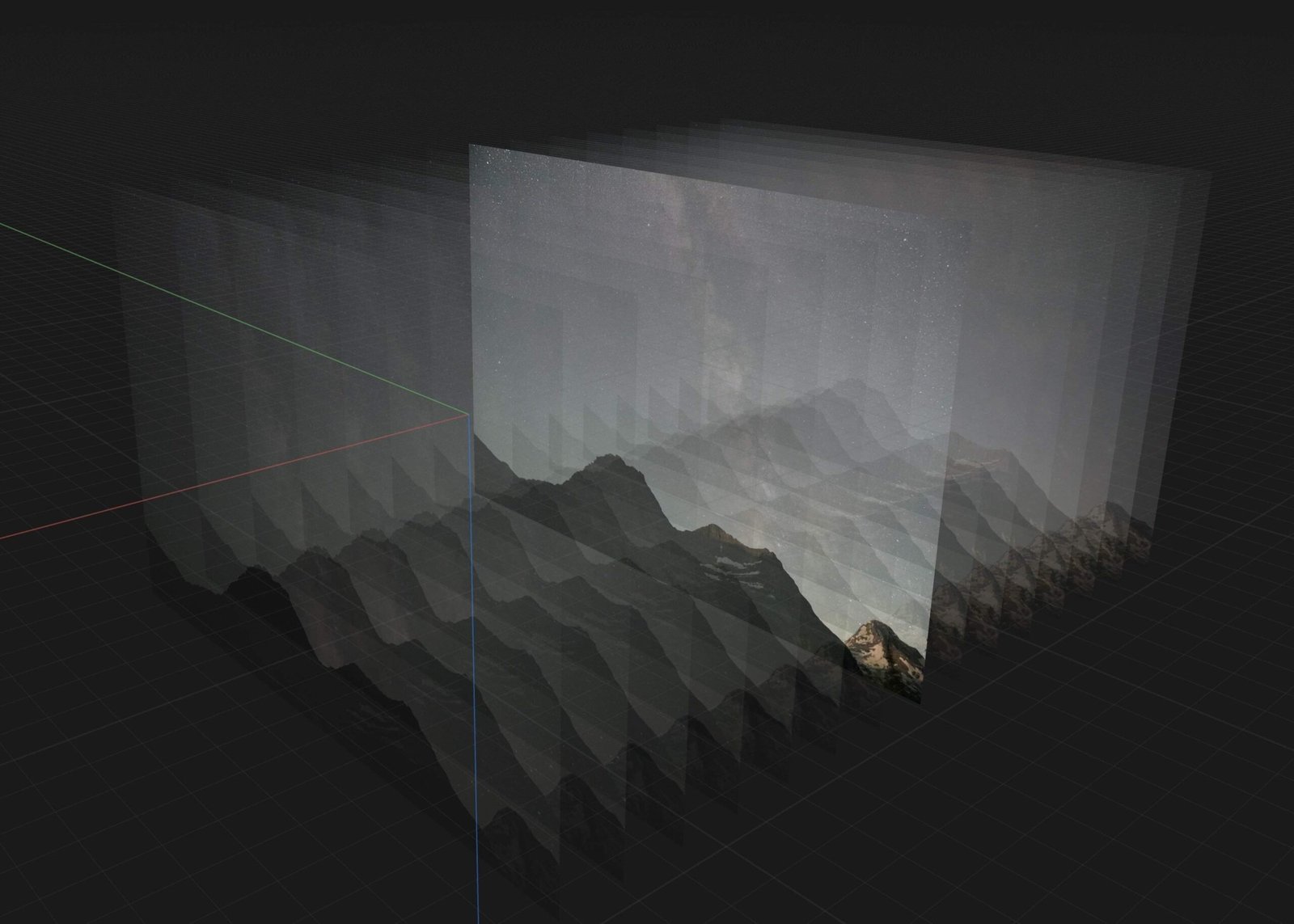Abandoned mines in Glacier National Park are remnants of a brief but significant mining boom in the late 19th century. These mines, primarily located in the mountains east of the Continental Divide, were part of the search for copper and gold. Although the mining activities lasted only a few years in the late 1890s, they left a lasting impact on the landscape and local ecosystems. Today, these abandoned mines pose safety risks and environmental concerns, requiring careful management by park authorities.
What is the Historical Significance of Abandoned Mines in Glacier National Park?

The abandoned mines in Glacier National Park represent a crucial chapter in the region’s history. They are remnants of a short-lived mining boom that occurred in the late 19th century, driven by the search for valuable minerals, particularly copper and gold. This period of exploration and settlement was facilitated by the completion of the Great Northern Railway over Marias Pass in 1891.
Key historical points include:
- The mining boom lasted only a few years, primarily in the late 1890s
- Most mines were located in the mountains east of the Continental Divide
- The area was acquired from the Blackfeet in 1895
- Despite the short duration, the mines left a lasting impact on the landscape
Where are the Abandoned Mines Located in Glacier National Park?

The abandoned mines in Glacier National Park are primarily situated in the eastern part of the park, beyond the Continental Divide. While specific locations are not widely publicized due to safety concerns, here’s what we know:
- Eastern Mountains: Most mines are found in the mountain ranges east of the Continental Divide
- Acquired Lands: The mining areas were part of the lands acquired from the Blackfeet in 1895
- Remote Areas: Many of these mines are in remote, hard-to-reach locations within the park
It’s important to note that access to these areas is often restricted due to safety concerns, and visitors are strongly advised to stay on designated trails.
What are the Safety Concerns Associated with Abandoned Mines?
Exploring abandoned mines in Glacier National Park poses significant safety risks. The National Park Service strictly prohibits entering these mines due to the following hazards:
| Hazard | Description |
|---|---|
| Unstable Structures | Mine shafts and surrounding areas may be prone to collapse |
| Toxic Gases | Accumulation of harmful gases in enclosed spaces |
| Falling Rocks | Risk of rockfall in and around mine entrances |
| Hidden Shafts | Concealed vertical shafts pose fall hazards |
| Darkness | Poor visibility increases risk of accidents |
To ensure visitor safety, the following precautions are recommended:
- Stay on designated trails at all times
- Follow all park regulations and guidelines
- Wear proper hiking gear
- Stay informed about terrain and potential hazards
- Consult with park rangers before exploring unfamiliar areas
How Can Visitors Safely Experience Areas Near Abandoned Mines?
While direct access to abandoned mines is prohibited, visitors can still experience the historical and natural beauty of the surrounding areas safely. Here are some recommendations:
-
Stick to Designated Trails: Many hiking trails in the park offer glimpses of the mining era landscape without the associated risks.
-
Participate in Ranger-Led Programs: These often provide historical context and safe viewing opportunities.
-
Visit Park Museums: Learn about the mining history through exhibits and artifacts.
-
Use Binoculars: Observe distant mining sites safely from approved viewpoints.
-
Photography: Capture the landscape that once drew miners, from safe, designated areas.
Remember, the primary goal is to enjoy the park’s beauty while respecting its history and preserving your safety.
What Environmental Impacts Do Abandoned Mines Have on Glacier National Park?
The abandoned mines in Glacier National Park have left a lasting environmental footprint. While specific data on current pollutant levels is not widely available, the general impacts include:
- Water Contamination: Potential release of heavy metals into water sources
- Soil Pollution: Mining activities may have left residual contaminants in the soil
- Ecosystem Disruption: Local wildlife and vegetation could be affected by pollutants
- Landscape Alteration: Physical changes to the terrain due to mining activities
Despite these impacts, the park’s natural processes and conservation efforts have helped mitigate some of these effects over time.
How is Glacier National Park Addressing the Abandoned Mine Issue?
Glacier National Park, in conjunction with the National Park Service, has implemented several measures to address the challenges posed by abandoned mines:
- Monitoring: Regular environmental monitoring to assess pollutant levels and ecosystem health
- Research: Ongoing archeological studies to better understand the historical context
- Conservation: Implementation of broader conservation practices to protect and restore affected areas
- Safety Measures: Installation of barriers and warning signs to prevent accidents
- Public Education: Informing visitors about the history and risks associated with these sites
While there are no large-scale remediation efforts specifically targeting these sites, the overall management practices aim to balance historical preservation, environmental protection, and public safety.
What Can Visitors Learn from the Abandoned Mines in Glacier National Park?
The abandoned mines in Glacier National Park offer valuable lessons and insights:
- Historical Perspective: They provide a tangible link to the region’s mining history
- Environmental Impact: Demonstrate the long-term effects of human activities on natural landscapes
- Conservation Importance: Highlight the need for responsible resource management
- Safety Awareness: Serve as a reminder of the importance of following park regulations
- Ecological Resilience: Show how nature can recover from human interventions over time
By understanding these aspects, visitors can gain a deeper appreciation for the park’s complex history and the ongoing efforts to preserve its natural beauty.
References:
1. Glacier’s Past – NPS History
2. Archeology – Glacier National Park (U.S. National Park Service)
3. Glacier National Park (U.S.) – Wikipedia